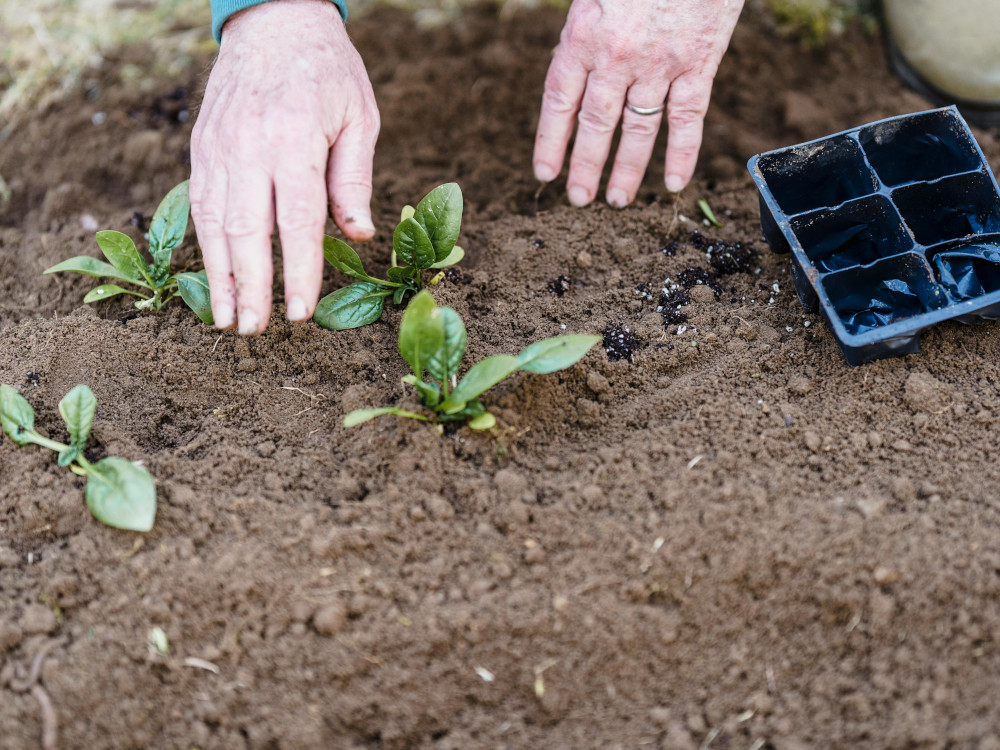Pentecostals are the church planting champions in Australia according to a report by NCLS. But the title comes with a caveat.
“Pentecostal churches have the highest rate, with an estimated 4.6% of churches planting in 2019, compared to 0.9% of mainstream Protestant churches and 1.2% of other Protestant churches, the report Growth, decline, and planting by Australian churches reveals. The report was sponsored by Exponential Australia a group that “champions healthy church multiplication.”
” “It is estimated, however, that over 40% of church plants by Pentecostal churches are occurring overseas.”
Unsurprisingly, Church planting has been hit by Covid, but according to the report, it was declining already. “However, it appears that rates of church planting were gradually decreasing before this, and in 2019 about 1.5% of churches were planting in a given year. A decade earlier the rate was about 2.2%.” according to the report drawing in NCLS church census data.
Careful examination of the data by NCLS revealed the rate of church planting in Australia: “Results from a new question restricted to church planting in Australia indicates that approximately 1 in 10 Protestant churches (10.2%) have planted a church in Australia in the last 10 years, with three-quarters of these planting a single church, and a quarter planting two or more churches. After testing a number of simple data models, the most likely rate of church planting in Australia in 2019 (the year before the pandemic occurred) is about 1.0%. That is, one percent of Protestant churches planted a church in Australia in 2019, a rate that has probably been declining for some time.”
NCLS divides churches into categories based on denomination, which means a reformed evangelical component can be hard to capture.
• Pentecostals “an estimated 2.6% of churches planting another church in Australia in 2019; 24.8% planted during 2012-2021.
• Mainstream Protestant churches (the NCLS includes Includes Anglican, Lutheran, Presbyterian and Uniting): about .6% of these churches planted in 2019: 5.7% planted during 2012-2021
• Other Protestant (Baptist, Churches of Christ, Christian Reformed, Fellowship of Independent Evangelical Churches (FIEC), Salvation Army, and Vineyard Churches Australia) planted at a rate of 1.2 per cent in 2019; 11.1% 5.7% planted during 2012-2021.
The report also groups those churches that are growing into three types:
“Growing: 18% of churches grew by at least 10% in weekly attendance from 2017 to 2021.
“Reproducing: About 0.75% of churches ‘reproduced’ by planting a church in Australia in 2019 (the year before the pandemic occurred) but didn’t plant in other years.
“Multiplying: About 0.25% of churches, which is one-quarter of the planting churches, planted in Australia in 2019, and are planting repeatedly.”
This report does not cover church plants by groups that are not local churches because it is based on the NCLS survey of churches. This means that plants by Reach Australia, for example, may not be covered. The report also does not capture the “micro church” movement, where a local church was not involved.
Growth, Decline and Planting is available on the NCLS website.
Image Credit: Greta Hoffman/Pexels

